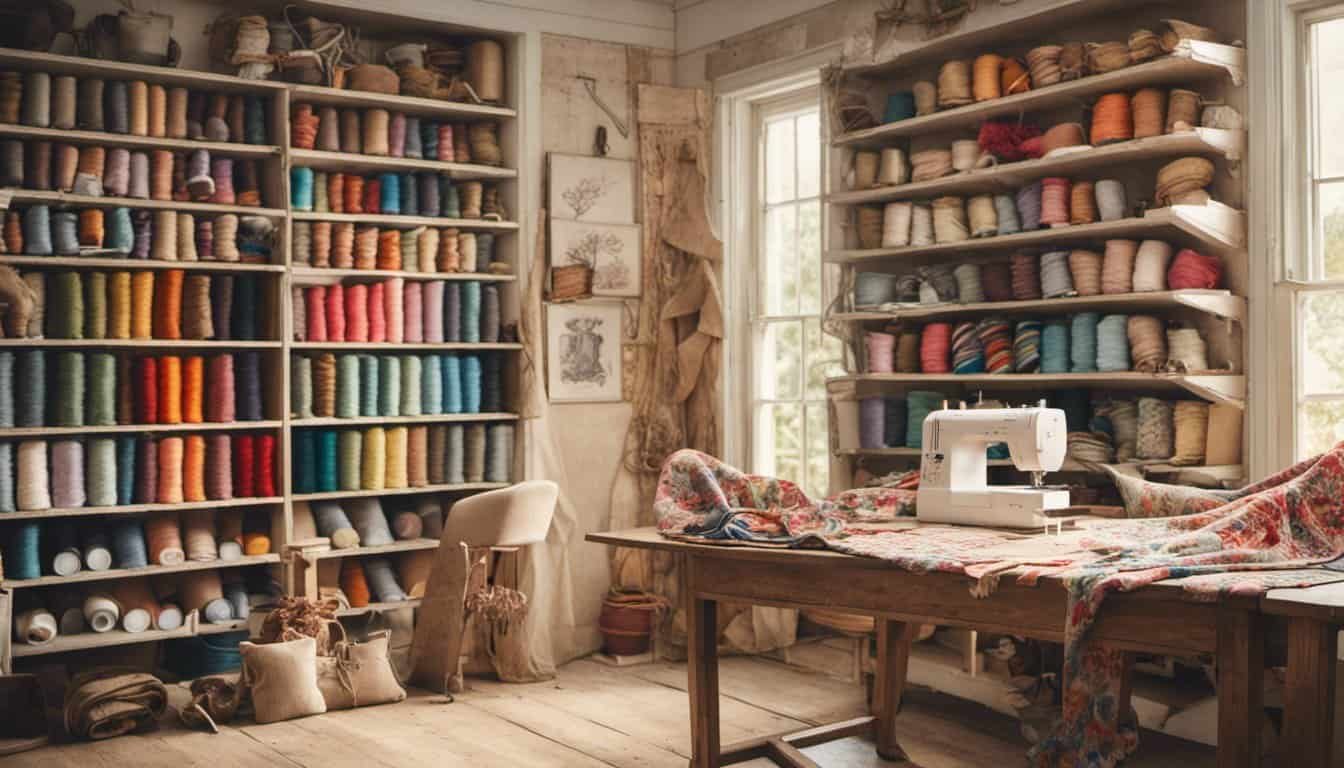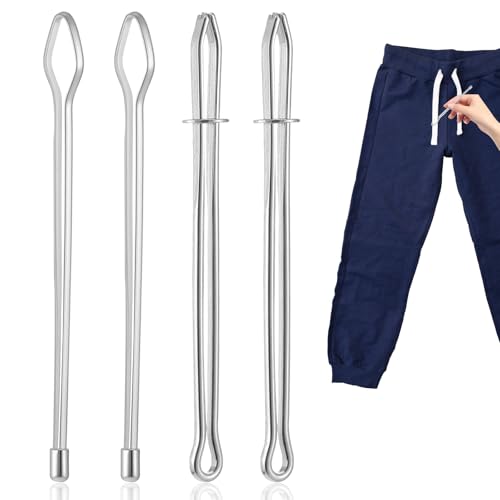Ever misplace a dart in your sewing project? You’re not alone. Even seasoned sewers find themselves adjusting patterns to achieve the perfect fit.
In this guide, you’ll discover simple techniques to fix misplaced darts, ensuring your garments look tailored and professional. Whether you’re a beginner or looking to refine your skills, these tips will help you navigate common adjustment challenges with ease.
Say goodbye to frustration and hello to beautifully fitted clothing. Let’s get started on perfecting those darts and bringing your sewing projects to the next level.
Identifying Misplaced Darts
Spotting misplaced darts early ensures your garment fits perfectly.
Recognizing Common Symptoms
- Uneven Fabric Tension: Areas where fabric pulls tighter or loosens unexpectedly.
- Incorrect Garment Fit: Gaps or excess fabric in sections designed to contour your body.
- Visible Puckering or Bunching: Wrinkles or folds around dart areas indicating misalignment.
- Darts Misaligned with Pattern Lines: Darts not following the intended seam or design lines.
Assessing the Severity
- Minor Adjustments: Small realignments that can be fixed with simple stitching changes.
- Impact on Fit and Appearance: Determines if the misplacement affects comfort or the garment’s overall look.
- Correction Effort: Evaluates the time and tools required to properly adjust or reposition the darts.
Common Causes of Dart Misplacement
Misplaced darts often result from specific equipment issues or technique errors. Identifying these causes can help you achieve precise dart placement in your projects.
Equipment-Related Factors
- Measurement Tools: Inaccurate rulers or tape measures lead to erroneous dart placement.
- Cutting Tools: Dull scissors or rotary cutters create uneven dart lines.
- Pattern Quality: Low-resolution patterns cause faded or distorted dart markings.
- Marking Materials: Poor fabric pens or chalk fade, making dart guidelines hard to follow.
Player Technique Issues
- Pinning Darts: Incorrect pin spacing distorts dart shape.
- Fabric Tension: Uneven tension during sewing puckers darts.
- Cutting Accuracy: Misaligned cuts shift dart positions.
- Pressing Darts: Inadequate pressing flattens or misshapes darts.
Step-by-Step Adjustment Guide
Follow these steps to correct a misplaced dart and ensure a precise fit in your garment.
Evaluating Your Current Setup
Assess your sewing workspace to identify factors contributing to dart misplacement. Verify that your measurement tools, such as rulers and tape measures, provide accurate readings. Inspect your cutting tools, ensuring scissors and rotary cutters maintain sharp edges for clean fabric edges. Examine your pattern alignment, confirming that pattern pieces match your garment design requirements.
Making Necessary Equipment Adjustments
Upgrade equipment to enhance dart placement accuracy. Replace worn measurement tools with high-precision alternatives from reputable brands like Singer or Dritz. Sharpen cutting tools using a professional tool sharpener to prevent fabric distortion. Select high-quality patterns from trusted sources such as McCall’s or Vogue to ensure reliable template guidelines.
Refining Your Throwing Technique
Improve your dart adjustment technique by mastering precise marking and pinning methods. Use tailor’s chalk for clear, temporary markings that can be easily adjusted. Pin fabric layers evenly, ensuring darts align with pattern lines to avoid puckering. Practice consistent fabric tension while sewing to maintain smooth dart curves. Utilize pressing tools effectively, pressing darts flat during construction to achieve a professional finish.
Tools and Resources for Accurate Adjustments
Achieving precise dart adjustments requires the right tools and reliable resources. Here’s what you need to ensure accuracy in your sewing projects:
Essential Tools
- Measuring Tape
Measures fabric and pattern accurately, ensuring correct dart placement.
- Tailor’s Chalk or Fabric Markers
Marks dart lines clearly on fabric, allowing for precise cutting and sewing.
- Pins and Needles
Secures fabric layers evenly, preventing shifting during adjustments.
- Rotary Cutter and Cutting Mat
Cuts fabric smoothly and accurately, reducing errors in dart shaping.

- French Curve
Shapes dart curves accurately, ensuring a professional finish.
- Iron and Pressing Tools
Presses darts flat, maintaining the garment’s structure and fit.
Recommended Resources
- Sewing Guides and Manuals
Provide step-by-step instructions for advanced dart techniques from trusted publishers like McGraw-Hill Education.
- Online Tutorials and Videos
Offer visual demonstrations on platforms such as YouTube and Craftsy, enhancing your adjustment skills.
- Pattern-Making Software
Facilitates precise pattern alterations with tools like Adobe Illustrator or specialized sewing software.
- Quality Patterns from Reputable Brands
« How Sewing Supported Wartime Efforts: The Untold Story of Sewing’s Critical Role
Don’t Miss Out! Here’s How to Subscribe to the Best Sewing Magazines Now »
Ensure reliable pattern lines and dart placements from companies like Simplicity or Vogue Patterns.
Advanced Tools
| Tool | Purpose |
|---|---|
| Digital Caliper | Measures small adjustments with high precision. |
| Laser Cutter | Provides exact cuts for intricate dart shapes. |
| 3D Fitting Manikins | Models fabric drapes and dart effects in three dimensions. |
Using these tools and resources will enhance your ability to make accurate dart adjustments, resulting in well-fitted and professional-looking garments.
Tips for Maintaining Consistent Dart Placement
Maintaining consistent dart placement ensures a professional fit in your garments. Implement these strategies to enhance accuracy and uniformity:
- Accurate Measurement
Confirm your measurements before marking darts on fabric. Misaligned darts affect garment fit if measurements are incorrect.
- Precise Marking
Utilize tailor’s chalk or fabric pens for clear dart placement. Uneven dart lines cause puckering if markings are inaccurate.

- Even Pinning
Pin fabric layers uniformly along dart lines. Inconsistent dart shapes result in garment imbalances if pinning is uneven.
- Consistent Cutting
Employ sharp rotary cutters or fabric scissors for clean dart edges. Jagged dart lines compromise garment aesthetics if cutting tools are dull.
- Regular Tool Maintenance
Maintain measurement and cutting tools in good condition. Reduced precision affects dart placement consistency if tools are worn.
Conclusion
Fixing misplaced darts might seem challenging but you’ve got the tools and knowledge to handle it. Keep practicing the techniques and don’t let mistakes discourage you. Each adjustment you make brings you closer to perfecting your sewing projects. Embrace the learning process and enjoy creating garments that fit beautifully. Happy sewing!
















